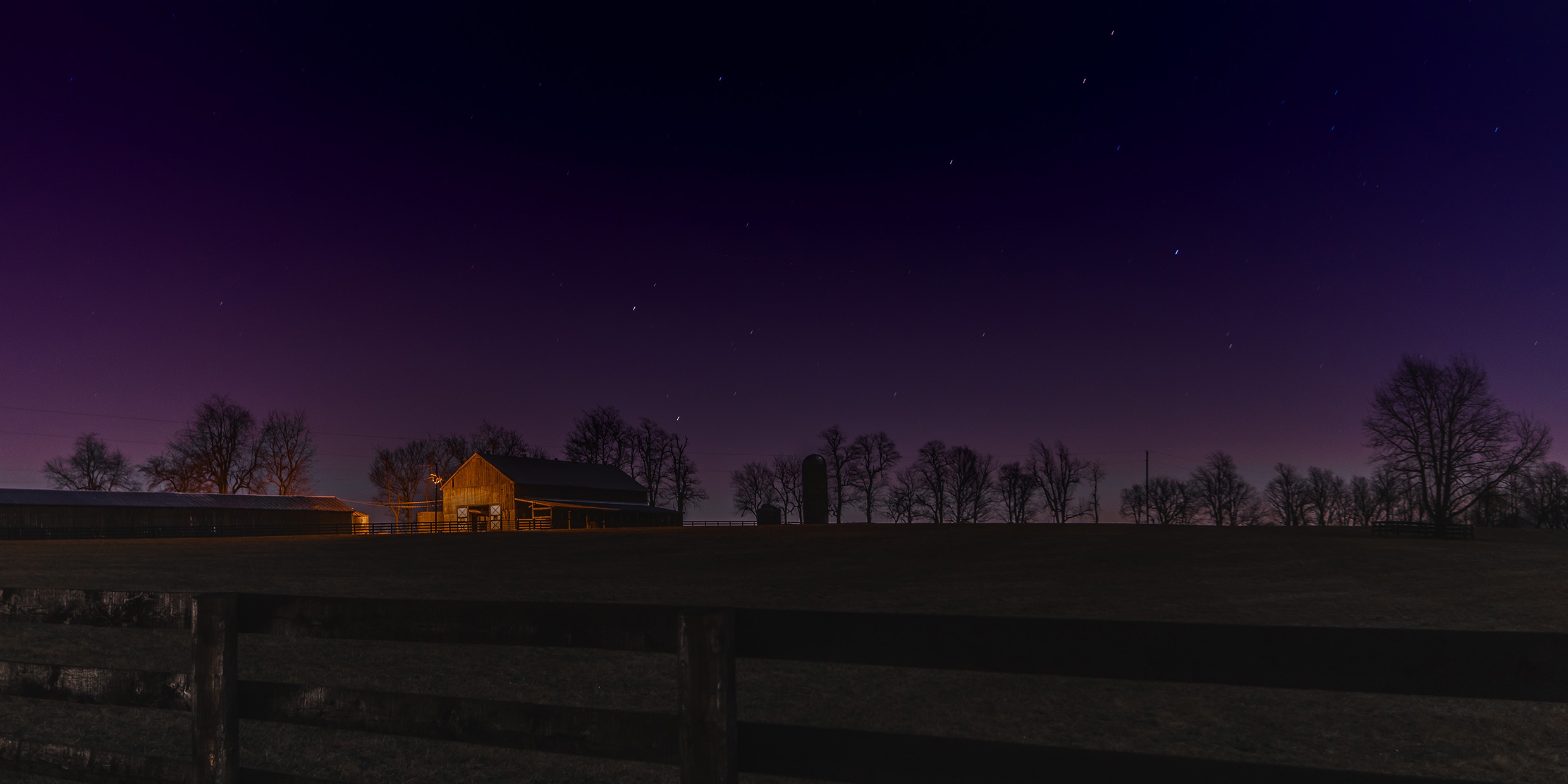Originally published 9 November 1992
Comet Swift-Tuttle is back, plunging toward its closest approach to the sun early next month [in December 1992].
The comet’s last visit to Earth’s skies was in 1862. It was one of the brightest comets of the 19th century. Calculations of the orbit predicted a return in the early 1980s.
The comet did not appear on schedule. Brian Marsden, of the Harvard-Smithsonian Astrophysical Observatory, thought the calculations might be wrong. Ten years wrong. He suggested a return this year. And he was right.
This time around, the comet will barely achieve naked-eye visibility, but its approach is worth nothing. Swift-Tuttle is the comet that spawns the Perseid meteor shower of August, usually the brightest and most reliable meteor shower of the year
As comets travel along their orbits, they shed part of their substance. Eventually the tracks of comets become dirty spaces, littered with icy grit and bits of stone. Every year in August, the Earth crosses the orbit of Comet Swift-Tuttle and sweeps up debris. We see these tiny bits of comet stuff, heated to incandescence by atmospheric friction, as “shooting stars.”
The comet that spawns the Perseids was first observed by Lewis Swift, a farmer of Marathon, New York. The comet’s long-awaited return is a good opportunity to remember Swift, an interesting minor character in the history of astronomy.
To call Lewis Swift a farmer is not quite accurate. The farm was his livelihood, but his passion was the sky. Every clear night he observed the heavens with a 4¼-inch refractor telescope mounted on a platform attached to his barn. The discovery that changed his life was made on the evening of July 15, 1862.
On that night, Swift observed a blur of light in the dark northern sky. The blur was bright enough to place it within easy reach of a small telescope. The object looked like a comet, but Swift lacked the confidence to believe he had found something new. He did not report his discovery.
Three nights later, Horace Tuttle of the Harvard College Observatory in Cambridge, Massachusetts, observed the same blur of light and immediately recognized its significance. It was the fifth comet that Tuttle had discovered. On that same evening Lewis Swift realized his error and reported the new object. The two men share the honor of discovery.
The comet quickly brightened to become a splendid naked-eye object, one of the finest comets of the century. It was keenly watched by astronomers worldwide. In 1867, the Italian astronomer Giovanni Schiaparelli announced that the calculated orbit of Swift-Tuttle was coincident with the orbit of the Perseid meteors of August. It was the first time that a recurring meteor shower was convincingly related to the orbit of a known comet.
For Lewis Swift, the comet was a beginning. He went on to discover a total of thirteen comets, although none equaled in brightness the comet of 1862. For his work with comets he was awarded a gold medal by the Imperial Academy of Sciences in Vienna.
In the 1880s Swift was appointed director of the Warner Observatory in Rochester, New York, and granted use of the fourth largest telescope in the United States at the time. With that instrument he discovered more than a thousand nebulas, among them hundreds of distant galaxies, star systems as extensive as the Milky Way.
All his life Swift suffered from a hip injury sustained as a child. His disability did not prevent him from scrambling to the precarious platform on the barn, or later to his observing station on the roof of the local hardware store. His enthusiasm for astronomy was irrepressible. “One cannot discover comets lying in bed,” he used to say. He was still searching the sky from an observatory in California when his eyesight failed at age 79.
On December 5th [1992], Swift’s first and most famous comet will arrive at the place where it’s orbit and the Earth’s orbit intersect, where the Earth sweeps up the “shooting stars” of August. Fortunately, the Earth has moved on. Otherwise a collision might occur, a cosmic catastrophe such as the one that wiped out the dinosaurs 64 million years ago.
Brian Marsden, the man who correctly called this year’s arrival of Swift-Tuttle, has another prediction. When the comet makes its next appearance 134 years from now, his calculations indicate a close encounter with Earth, even a slim chance of collision.
When the year 2126 rolls around, astronomers will be waiting and watching closely. With a potential doomsday in the offing, our great-great-great-grandchildren will have even more reason to remember the farmer-astronomer from Marathon, New York, who loved the excitements of the night more than the comforts of his bed.
Further calculations by astronomers have improved the prediction of Comet Swift-Tuttle’s return in 2126. It is now expected to miss Earth by 14 million miles. ‑Ed.



